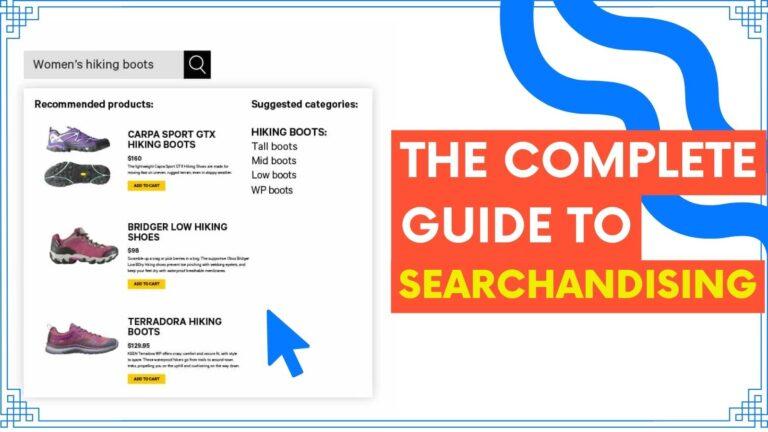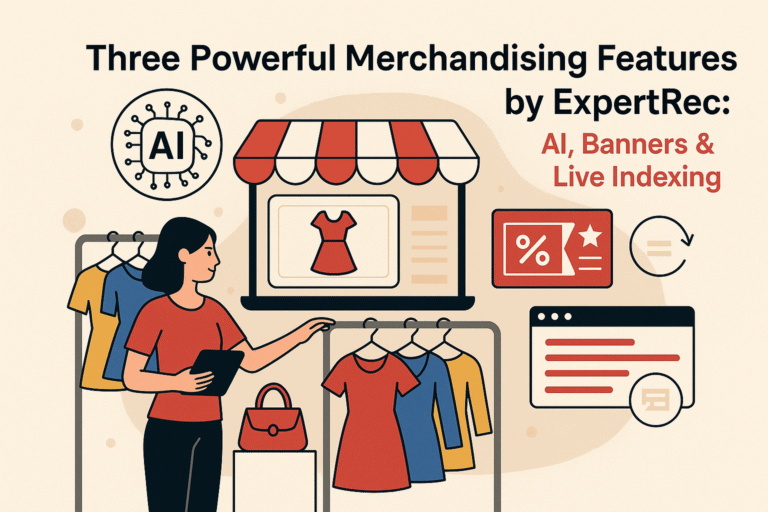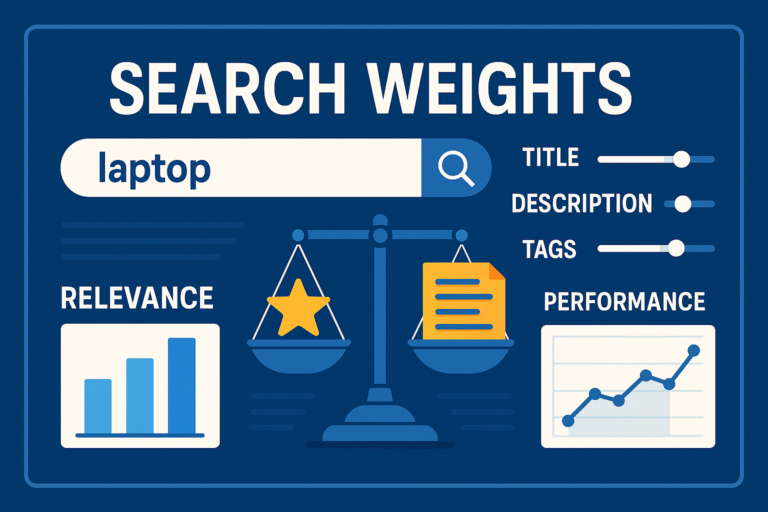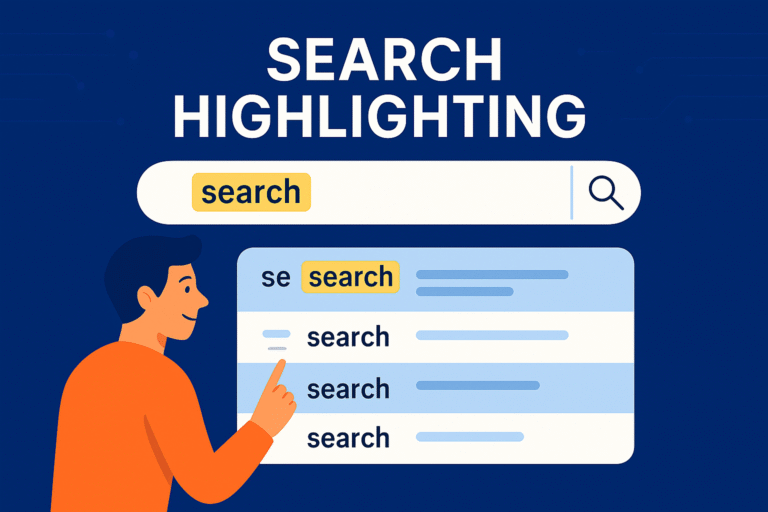Searchandising is a hybrid term all e-commerce websites should pay attention to. The term combines searching and merchandising – two of the most important tools e-commerce businesses have to boost sales. Your business can increase sales and grow with a focus on both.
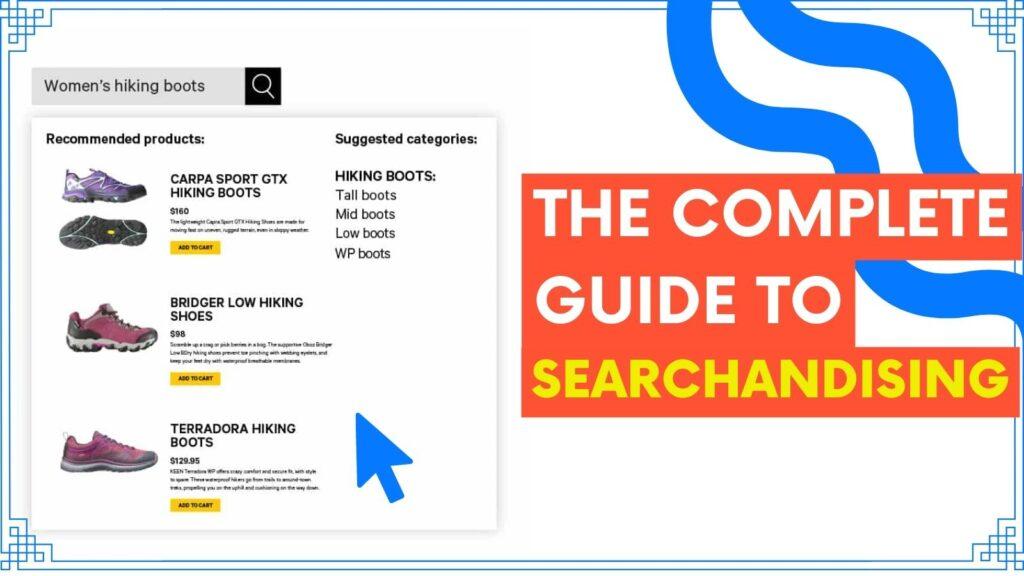
So what is searchandising? Search merchandising helps businesses display their items most profitably. You make it easier for the customer to find the right products. But to do so, you need to know the most important building blocks of searchandising. To do this, you should collect a lot of data on your customers’ behaviors and shopping habits. The data can help you focus on the most important elements of merchandising your on-site search.
So what are the key things to understand and monitor when it comes to searchandising?
Customer profiles
Every e-commerce business should know that customers are kings and queens. If you understand your customers, you can create the right shopping experience and boost sales. You’re not only attracting new customers but also retaining the older ones. Searchandising should always include the creation of great customer profiles that drive your decision-making.
Your website should collect data on customer behaviors. You can collect all the actions a website visitor takes on your site. These can tell you what they are looking for, what they click on after searching and how long they spend viewing specific pages, for instance. With these customer profiles, you can personalize the customer experience.
Merchant tools
Good searchandising starts with the right merchant tools. The tools allow you to:
- Boost and bury products – You should promote profitable products, follow trends and consider burying competitors’ products. Burying can also help if inventory is low.
- Slot products – Boosting products isn’t always sufficient. Slotting could help place certain products at the center of search results and drive sales.
- Blocklist items – Blocklisting can ensure you don’t know certain products for shoppers that shouldn’t see them. For example, you can prevent underaged visitors from viewing certain products, such as alcohol.
- Create custom timed collections – Good merchant tools also make it easy to create events based results. You don’t necessarily want to have winter products filling search results in the summer. Custom timed collections are also great for special holidays and other events.
E-commerce sites should apply the above tools across the website. They can help customers find the right products, as well as impact buying behaviors.
Artificial Intelligence

E-commerce websites need to implement AI tools to make the most out of searchandising. Many of the above tools can take a lot of time to set up without AI functionality. On top of this, AI tools can help with things like:
- Personalization – AI can take the personalization of the shopping experience to the next level and move beyond the focus on gender, age and location. Combined with Natural Language Processing (NLP) these tools can leave customers satisfied.
- Faceted search – Facets make it easier to provide customers with refined on-site search. Filtered search can help you direct customers’ search to the right place. It’s also a great way to improve site personalization.
- NLP autocorrect and autosuggest – Your search tools should harness the power of AI to ensure autocorrection and autosuggestion. AI provides more accurate results, with some estimates suggesting it could increase conversion rates by 22%.
These three are the main focus of AI-powered tools. They can make on-site searches perform faster and more accurately, leading to a smoother customer experience.
The above also has the power to remove zero searches. These are situations where the customer’s query doesn’t result in any results. There are many reasons for this from typos during a search to using incorrect terms. AI tools can ensure you always offer the customer a product or at least provide them with suggestions.
Data Analysis
You need to make sure to include data analysis at the core of your searchandising. Your e-commerce business generates a lot of data, especially with on-site searches. You need to collect this data and analyze it to improve your service.
A good analysis tool could help you identify customer patterns and even help you understand the effects of certain merchandising actions. As you collect more data, these analytics tools can give suggestions on the best practices to boost sales. You can use the data to improve your use of the tools, as well as the customer experience you offer with your on-site search.
Building a strong searchandising strategy
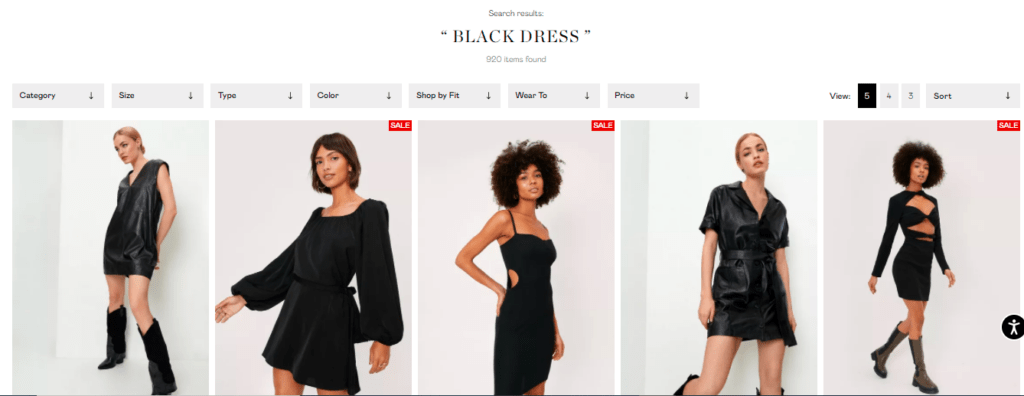
The above tools and concepts should create the framework for your searchandising strategy. With that in mind, you also need to pay attention to the actions you take. You can benefit from searchandising by following these simple steps with everything you do:
- Personalize your content. Offer contextually and personally relevant information to your customers. Personalization leads to higher click-through and conversion rates.
- Use search rules. Boosting, burying and ordering search can help you promote products.
- Recommend products. Don’t just rely on products the customer actively searches for. Offer alternatives and recommend similar items to the customer.
- Run search campaigns. Your search result page should always include ads and promotional banners.
- Track your data. As mentioned, you should collect and analyze as much data as possible. User interactions can help you streamline the use of tools and frameworks, leading to an increase in sales.
When you’re creating a searchandising strategy, use the above tools and steps. They will help you create an effective framework to drive sales and customer engagement on your e-commerce site.
Making the most of searchandising
Searchandising is an important tool for any e-commerce business. Your on-site search plays a key role in driving sales and you need to pay attention to how you use it. When you implement the correct searchandising tactics on your site, you can provide better service for your customers. Their experience on your site is personalized and streamlined. You can promote goods you want and when you want. The experience will enhance customer engagement and drive your sales.
